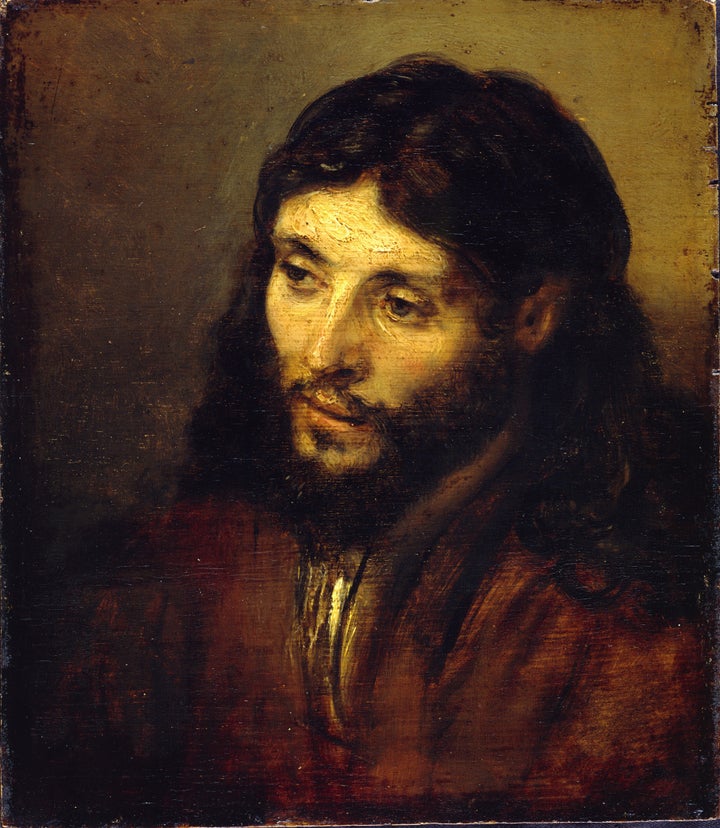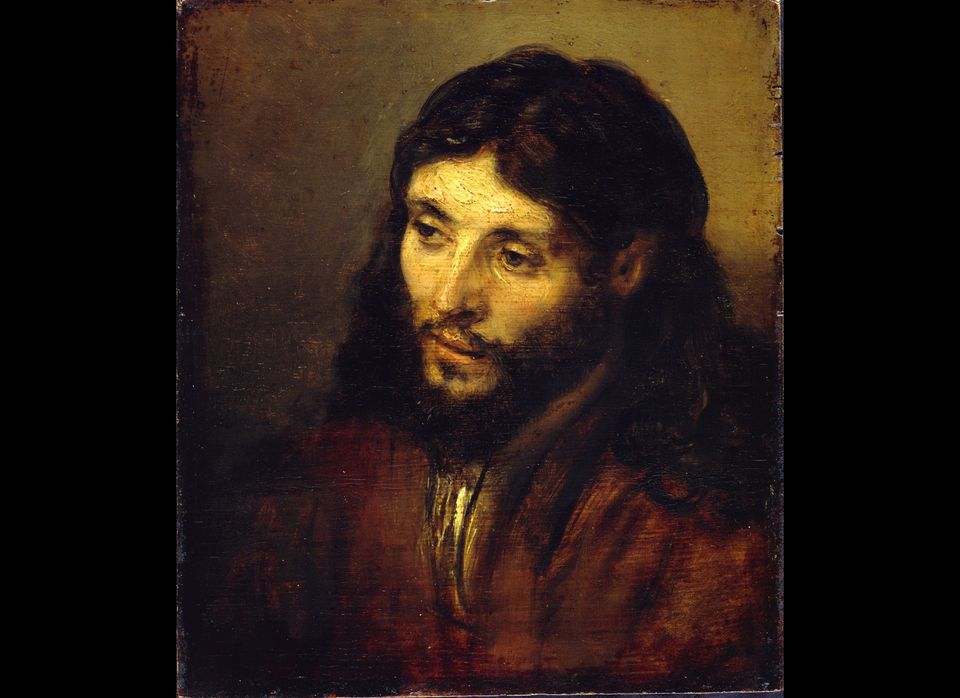
DETROIT -- Here's why you should go see the Detroit Institute of Arts show "Rembrandt and the Face of Jesus," opening Sunday: There are a lot of jaw-droppingly stunning paintings.
You don't really need to know anything about Rembrandt to appreciate the evocative use of light, rich detail and spellbinding narratives in his paintings, prints and drawings. You could refuse to read a single informational placard, and you'd still be impressed.
But there's more to the exhibit than that. "Rembrandt's images were a bold departure from traditional renderings of Jesus by Western artists, both of his time as well as before and well after him," said Graham W.J. Beal, the DIA director, in a press release.
And the museum wants visitors to notice and think about that. As Swarupa Anila, the museum's head of interpretation, put it, "There are people who will come here with deeply held religious beliefs about Jesus and how you're supposed to think about him and look at him. At the same time, you have people who have no understanding. So we're trying to tease out how to talk about this work, how to get people to look closely, how it can be really engaging and compelling and actually moving, without sort of disrupting people's own spiritual or nonspiritual beliefs."
The show was organized by the DIA's former curator of European paintings, George S. Keyes; the Musée du Louvre; and the Philadelphia Museum of Art. It has already run in Paris and Philadelphia.
The 64 paintings on exhibit, including several works by other painters that influenced Rembrandt, are arranged to show the shift over time in the way the Dutch artist portrayed Jesus. In Rembrandt's earlier paintings, he depicted a stylized, heroic Jesus, based on the Greek ideal, often in dramatic scenes.
By the 1640s, Rembrandt's portrayal of Jesus had became more personal, more meditative and more apparently Jewish. Historians point to such features as center-parted hair tucked behind the ears, a style typical of Amsterdam's Sephardic Jews in the time period, to reach the last conclusion. The New York Times wrote in reviewing the exhibit, "Jesus was, of course, Jewish. But few artists emphasized his ethnicity, or his humanity, as frankly and directly as Rembrandt did."
The exhibition format makes the transition in Rembrandt's style clear, particularly in the room that brings together his studio's seven "Head of Jesus" works.
The show also includes "Supper at Emmaus," which hasn't been shown in the United States for 75 years. Keyes called it his favorite in the collection, saying, "I've always been just so amazed by the restraint, the depth of the narration, the exquisite balance of the composition. It's just one of those highly intelligent works of art that every time I come back to it, I see something more."
The DIA planned the exhibit for more than 16 months before its opening. Anila worked extensively on it, discussing its presentation with several metro Detroit organizations, including the InterFaith Leadership Council of Metropolitan Detroit, the Roman Catholic Archdiocese of Detroit, representatives of the Council of Baptist Ministers of Detroit and the Jewish Federation of Metropolitan Detroit.
"One of the most compelling things to them was that Rembrandt was situated in a particular place, a unique time and place in history," Anila said. "Amsterdam was growing to this tremendous international city, and there was a particular freedom of religion there that allowed for someone like Rembrandt to look at new approaches to his subject matter."
She added, "The idea that there were people from different backgrounds and faiths bumping into each other was something that people found resonance with."
Anila called the "crux" of the exhibition the idea that Rembrandt may have used a Jewish model to sit for Jesus.
The exhibit presents limited information about the differing scholarly opinions on that issue. Tablet magazine, which wrote about the show when it ran in Philadelphia, acknowledged the uncertainty: "Clarifying the Dutch master's links to the Jews, or lack thereof, has become an obsession for scholars over the last decade."
The Tablet article pointed to a 2006 speech by Gary Schwartz for "The 'Jewish' Rembrandt" show at Amsterdam's Jewish Historical Museum. Schwartz, an art historian who has studied the painter for over four decades, said, "The documentary evidence to support Rembrandt's close connection with Judaism can be summed up in a single word: nonexistent. Even the early writers who criticised Rembrandt's association with the wrong sort of people made no mention of his friendship with Jews. These were people who would have jumped at the chance of damning him for consorting with Jews if there had been any reason for them to suppose this was the case."
Many of Rembrandt's paintings that had initially been thought to depict Jews have since been "de-Judaized," as the Tablet article puts it, and only one was of an identifiable Jew, the doctor Ephraim Bueno.
The DIA wants to give viewers the space to have their own thoughts about the work and the artist's relationship with religion. The show offers viewers some of the tools to do this, setting up the historical background and Rembrandt's influences and using paintings to illustrate specifics of his style. The missing piece seems to be a fuller discussion of the academic debate surrounding Rembrandt's relationship to Judaism.
Nonetheless, "Rembrandt and the Face of Jesus" is a provocative exhibit backed by bold, thoughtful curating that will inspire contemplation long after leaving the museum.
"Rembrandt and the Face of Jesus" opens on Sunday, Nov. 20, and will remain at the Detroit Institute of Arts until Sunday, Feb. 12, 2012.


